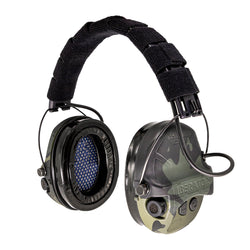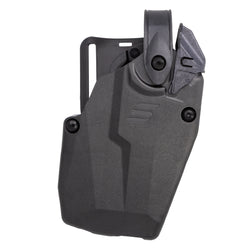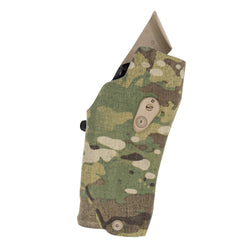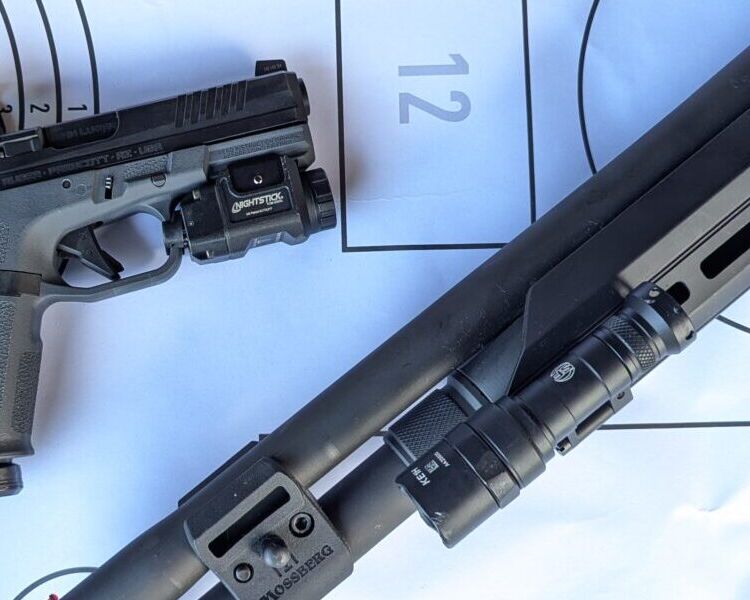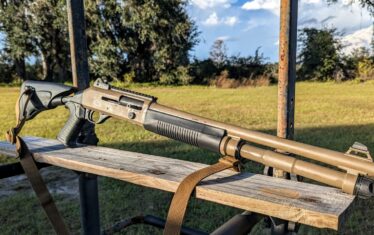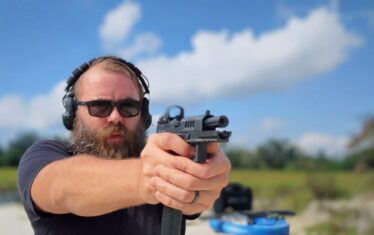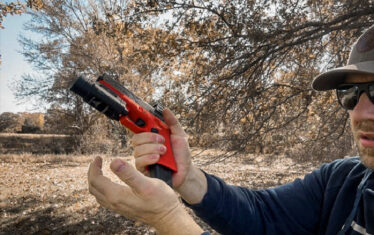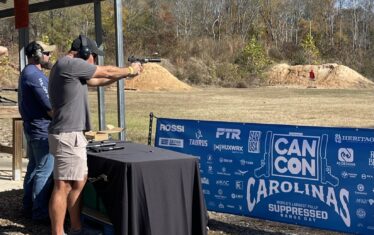Learning about guns, holsters, and even optics is fun, but weapon-mounted lights are one of those things that everyone seems to avoid learning about. Today we are focusing on weapon-mounted lights. More specifically, everything you need to know about them.
What Are Weapon-Mounted Lights?
The name makes itself self-explanatory, but let’s dig into it. Weapon-mounted lights, or WMLs, are illumination devices that attach to a firearm. Shotguns, rifles, and handguns are all potential mounting systems for weapon-mounted lights.

There are various methods of attachment and multiple lights. They are intended for firearms used defensively, but there are other uses for a weapon-mounted light as well.
Their primary purpose is to allow the user to identify threats. Positive identification means you can see a threat and visually establish that it is, in fact, a threat. In low-light situations, there is never a reason to fire blindly in the dark.
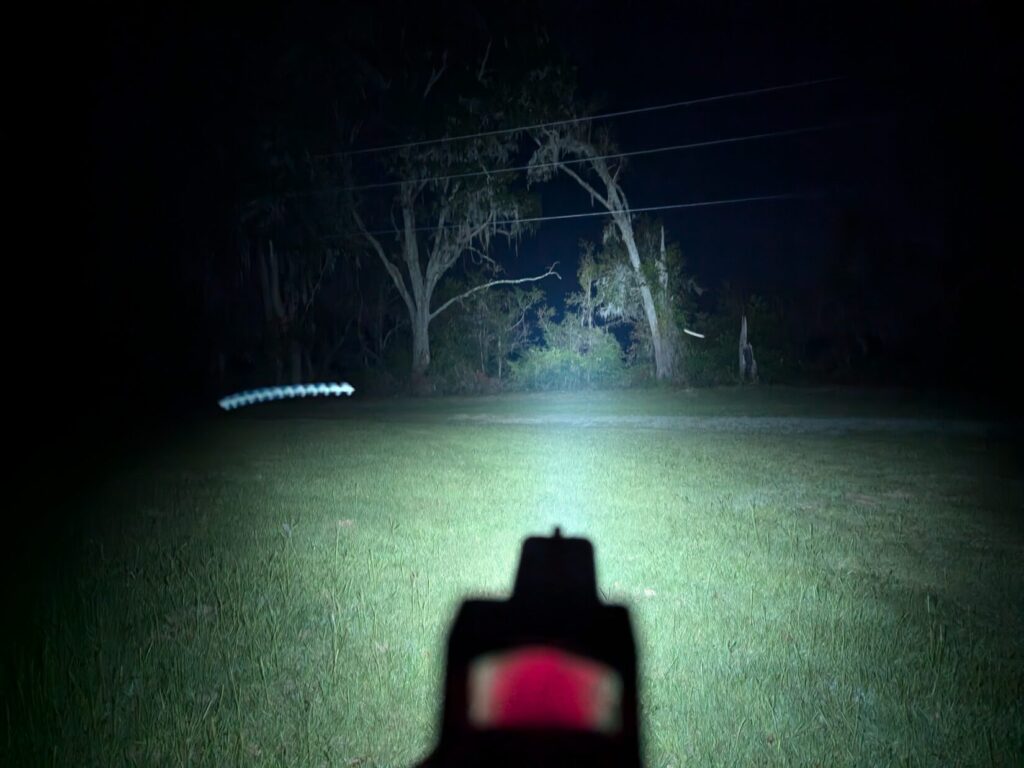
Yes, you can always hold a more traditional flashlight with one hand and your gun with the other, but that gets complicated. Shooting with two hands on your gun is always easier than trying to shoot while balancing a light in your off hand.
Lights, Lumens, Action: Weaponlight Terminology
When you start shopping for weapon-mounted lights, you are going to see lots of terms and lots of numbers. You might not recognize or understand the purpose of some of these terms and numbers, but that’s why we are here.
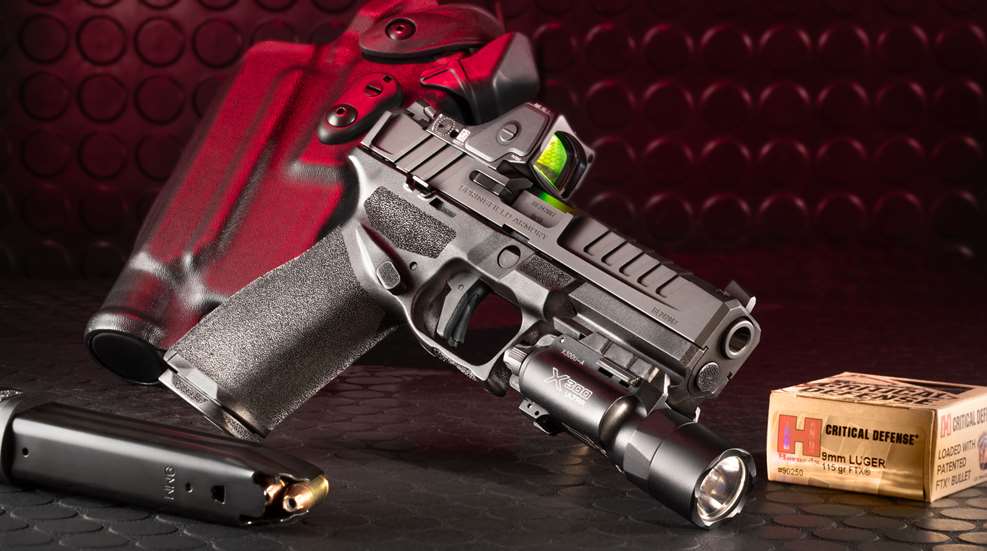
Lumens and Candela
The best way to understand both lumens and candela is to discuss them together. They work in tandem, so it makes sense to cover them this way.
Lumens are the raw measure of a light’s power. The higher the lumens, the brighter the light. Lumens were how people judged a light for a long time, but that’s shifted recently.
Candela measures light in a specific direction, which is forward for weapon-mounted lights. Lumens are the quantity of light, but candela is what that light can do.
A high candela takes those lumens and pushes them forward. The higher the candela, the further the light will reach. Lumens and candela are a bit of a balancing act.
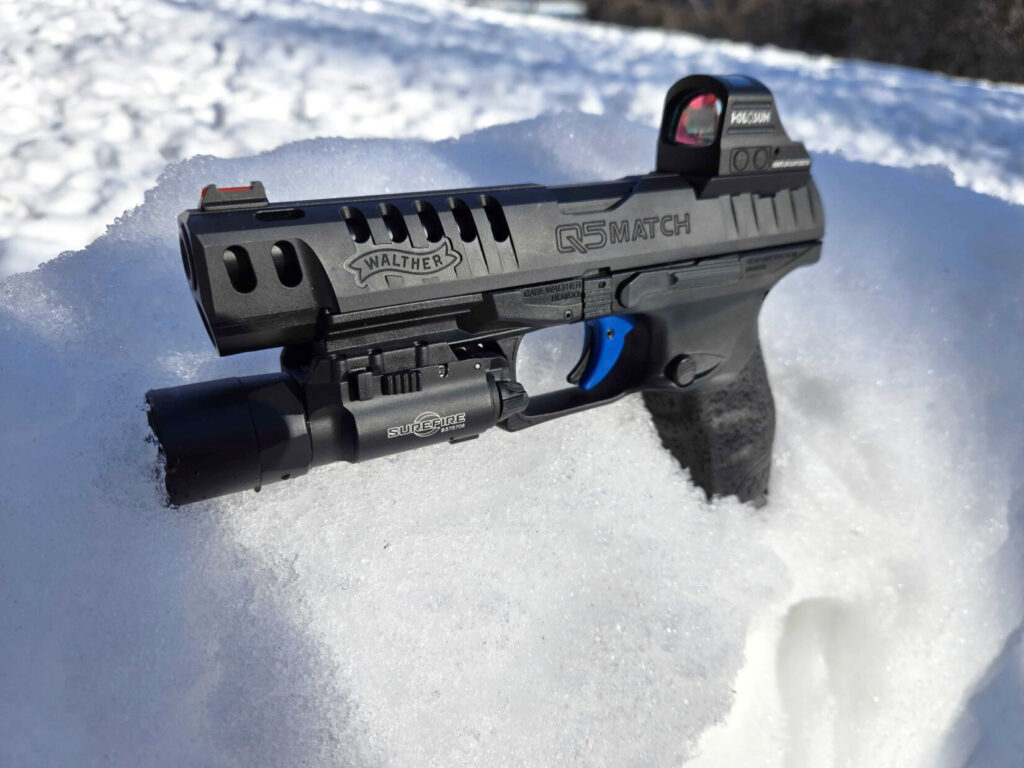
Throw
The throw is the pattern of the beam. Some beams are designed to have a long distance throw, and those beams tend to be focused. Other beams are designed for a wide throw but tend to have less range.
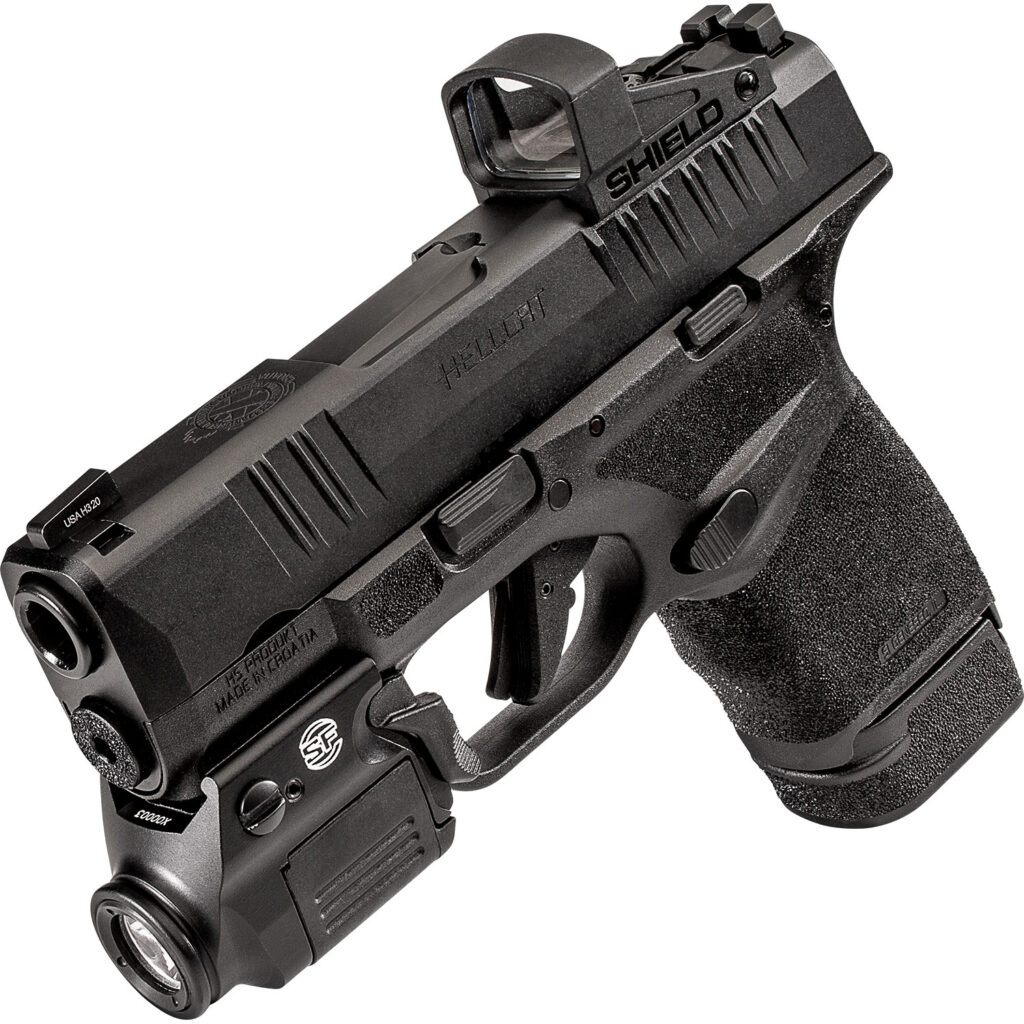
Dual/Multi Fuel
Dual/multifuel is the same thing. Streamlight uses multi-fuel, Surefire uses dual-fuel, and a smattering of companies might have their own term. Essentially, it means the light can use two different battery sources. Sometimes, it’s AAs and CR123s; other times, it’s proprietary rechargeable and disposable batteries.
The term means it can use two types of batteries. The two types can vary, so read the manual!
Weaponlight Modes
Most weapon lights offer a few standard modes, or functions the light can operate in, beyond a steady stream.
Momentary
Typically, the Momentary mode means the light remains on for as long as the user holds the activation switch. When the user releases the switch, the light shuts off.
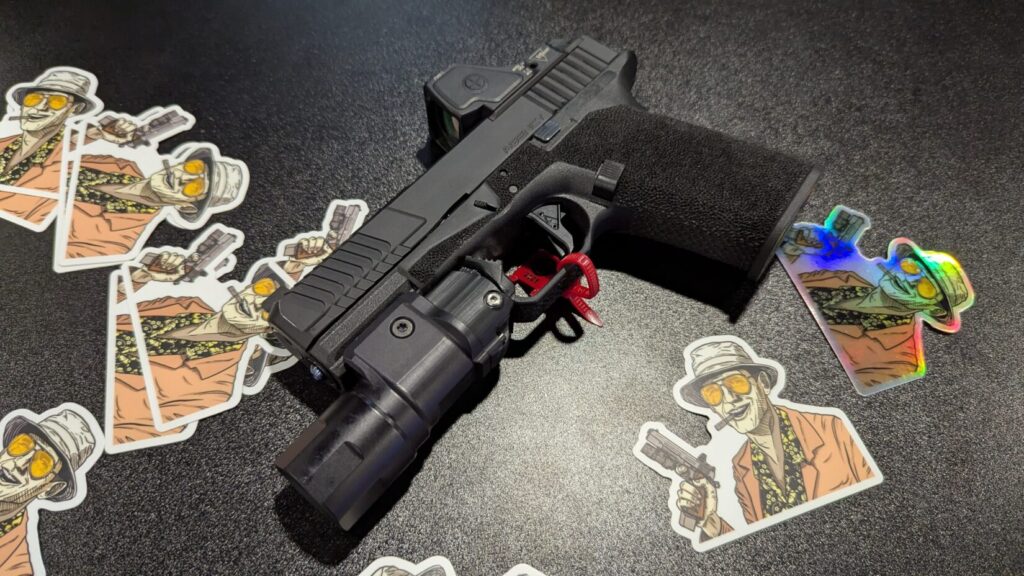
Constant
Constant means that when the light is activated, it remains on until the user manually turns it off.
Strobe
Weapon-mounted lights with Strobe mode will rapidly turn the light on and off to disorient a potential threat. This mode has largely fallen out of favor.
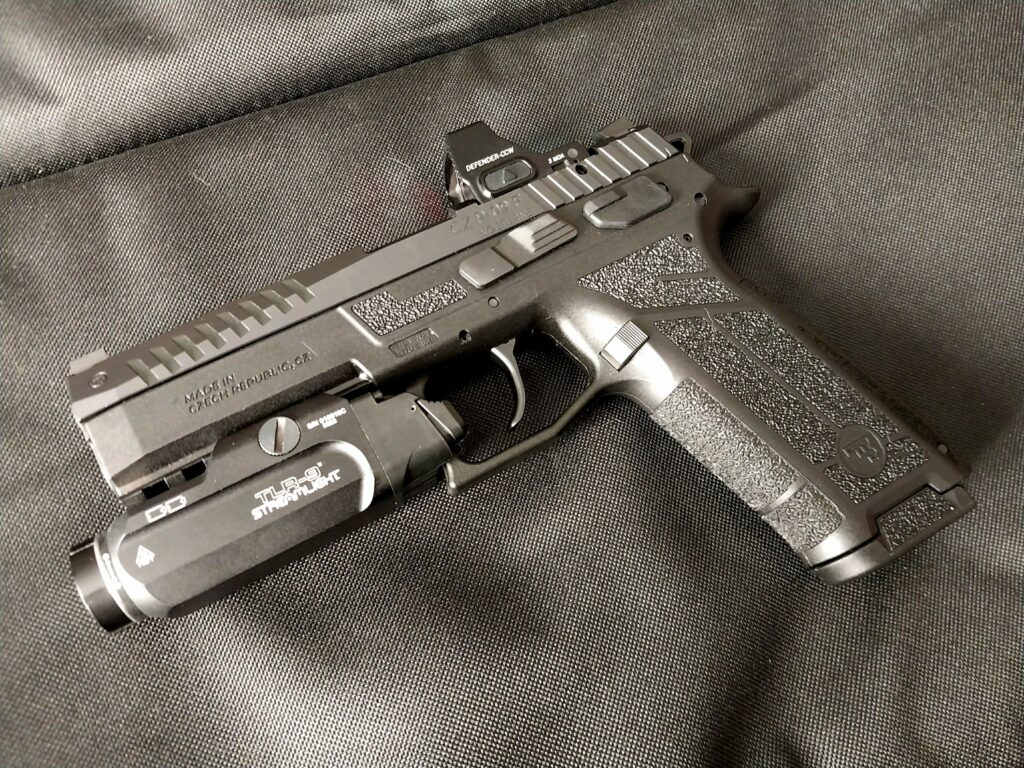
Weaponlight Controls
Weapon-mounted lights come in various configurations, which lead to varying control schemes. Let’s review some of the more common control systems and where you’ll find them.
Pressure Switch
Pressure switches are typically cabled to the light and allow the user to place them where they want them. These are most common on modern rifles, and they will enable the user to position the light at the end of the handguard, but the pressure switch is further back to improve ergonomics.
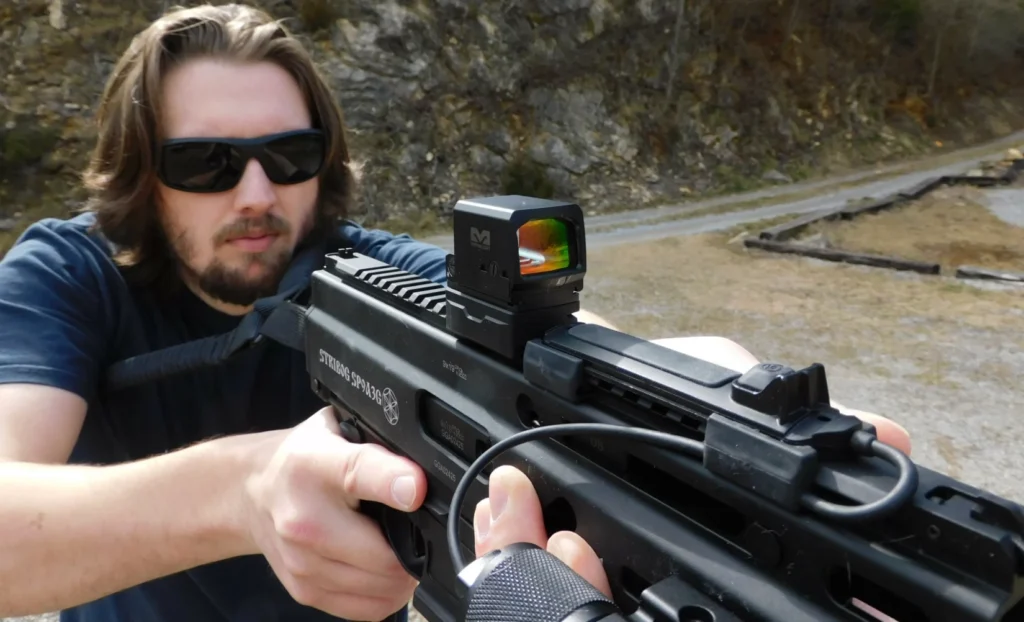
Tailcap
Tailcap buttons are common on lights intended for long guns. They are simple rear buttons that activate or deactivate the light.
Paddles
Paddles sit on the rear of a weapon light, typically on either side of the light. They are mounted on handgun weapon lights and allow for ambidextrous engagement. Depending on the light design, they are typically pressed up, down, or inward.
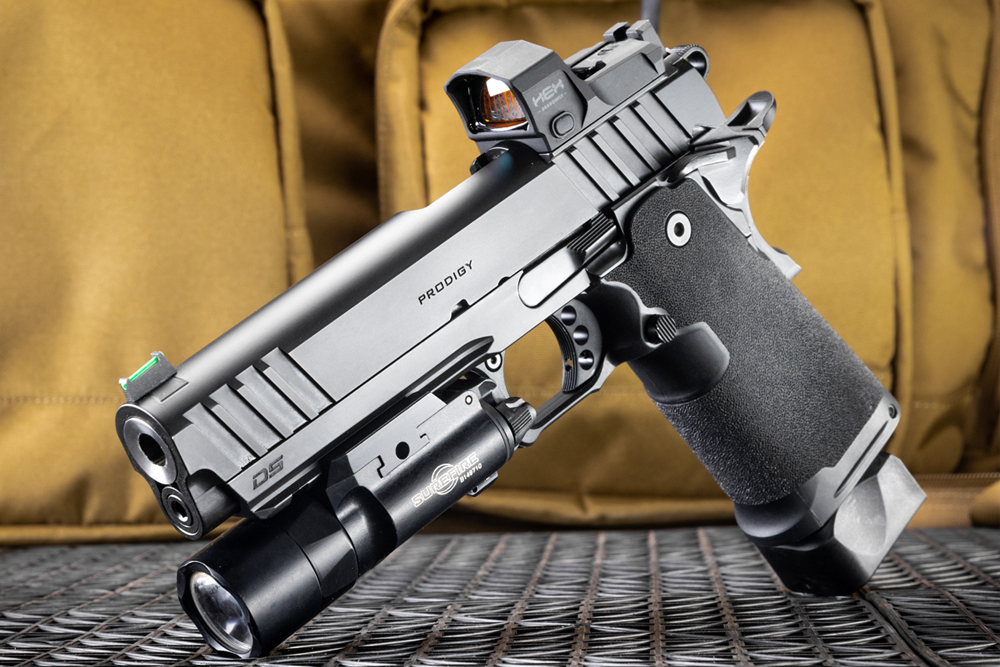
Side Buttons
Side buttons are exactly what they sound like. They are traditionally ambidextrous buttons on the side of a light. They are almost exclusively used on lights designed for shotguns.
Attaching the Light
Weapon-mounted lights have to be mounted to the weapon, so how do we do that? There are various methods out there, and each is a little different.
Rails
Rail systems are the most common type of weapon-mounted light. The most popular type is a Picatinny rail. Most modern handguards have a Picatinny tail built into the dust cover, and most rifles and shotguns have one method or another for attaching rail systems.
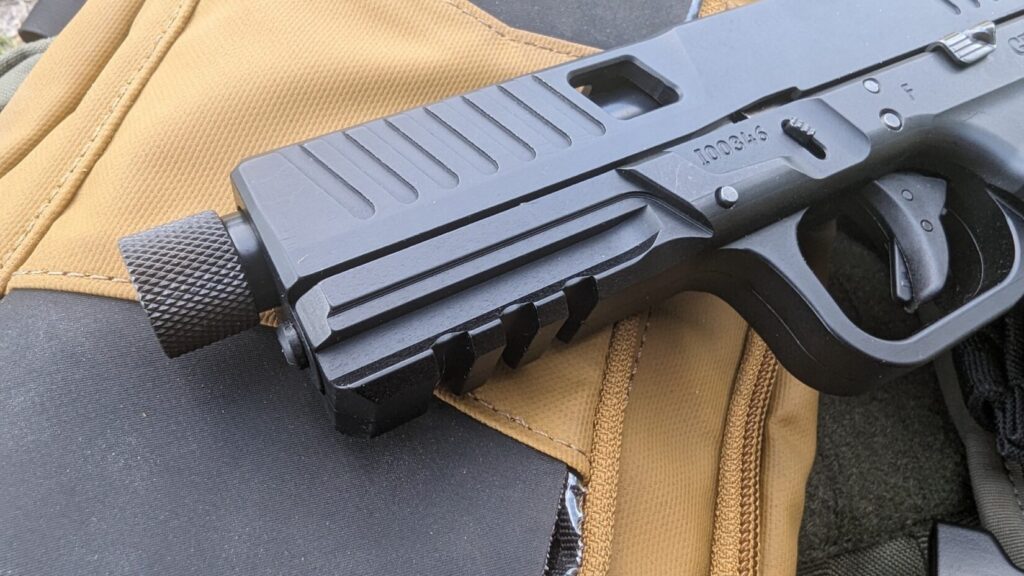
Picatinny is the most common, but guns like the P365 and many old HKs have a proprietary rail system that requires specific lights or mounts to function.
M-LOK
M-LOK is a modular attachment system primarily found on long guns. It’s a specific-sized slot designed to work with a specialized mounting system. M-LOK has become extremely popular, and many light manufacturers are including ways to directly attach to M-LOK rails.
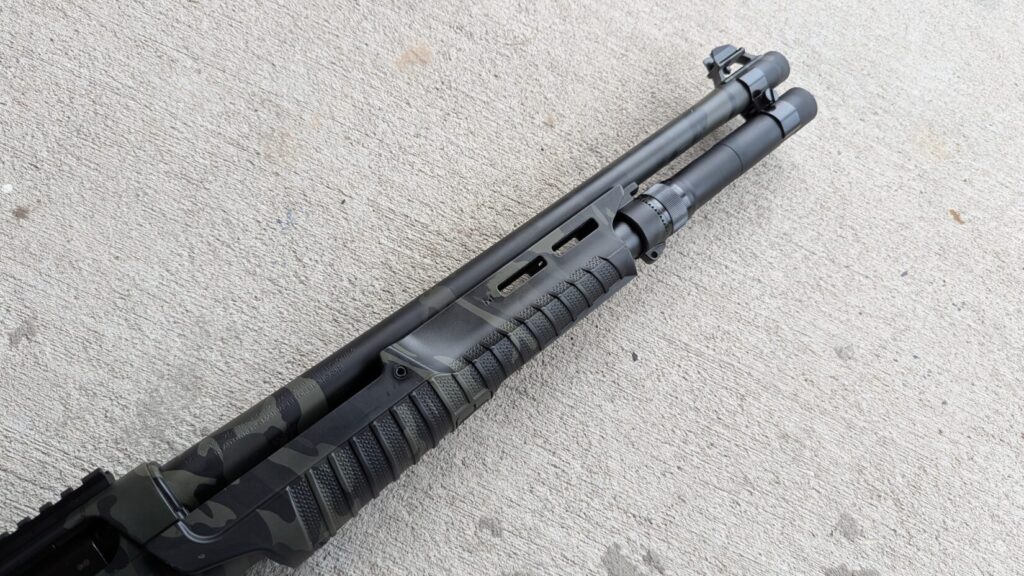
Forends
Another method of adding a weapon light is to replace the entire forend or handguard with a light-housed system. This is uncommon and thoroughly retro for rifles, but it’s still fairly common with shotguns.
External Factors
Finally, let’s focus on some external factors you need to consider when running weapon-mounted lights.
Holster Use
Holsters have to be specifically designed to accept lights. Some need to be specifically designed for a specific light, while others can make do with general light sizes. Be aware that some uncommon or new lights won’t have immediate holster options.
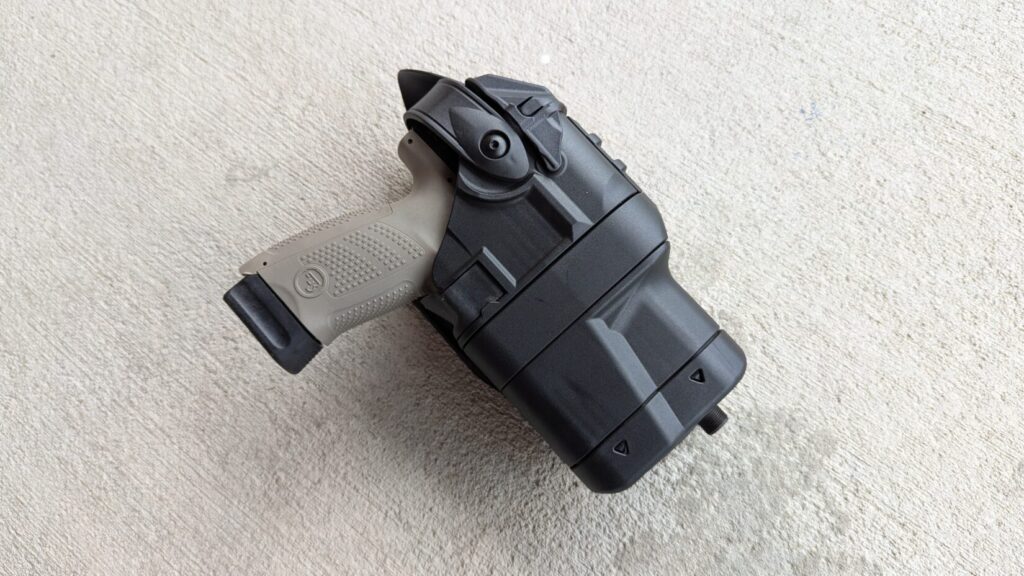
Additionally, holsters that can be used with lights are bulkier and more expensive. Holsters that can accommodate weapon lights are becoming more common, and Safariland has you covered with various options.
Weight
Who wants to make their weapon heavier or, even worse, off-balanced? Rifles and shotguns tend to be more sensitive to weapon weight since the lights tend to be bigger, heavier, and more forward on the weapon. Lights like the Cloud Defensive OWL are fantastic, but boy, do they pull your gun down a bit.
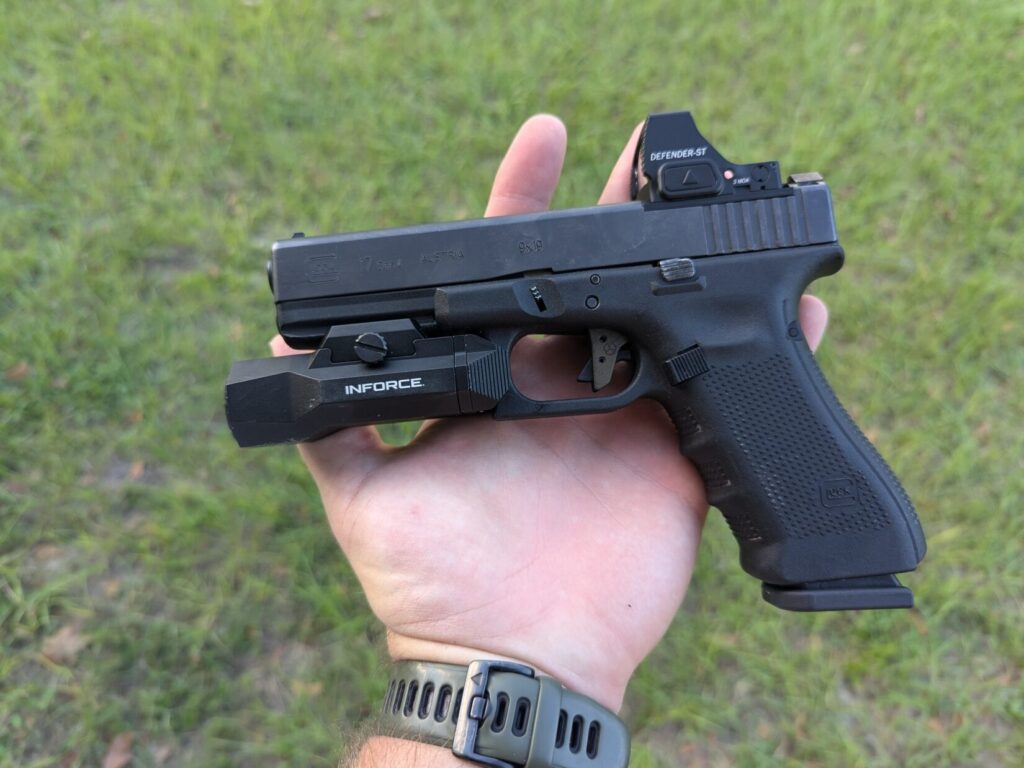
Purpose
What’s your purpose for weapon-mounted lights? It matters because a duty light on a handgun isn’t afraid of being large. If you want to keep your gun small, a Surefire UBoat isn’t the way to go, but a Streamlight TLR 7 might be the better option.
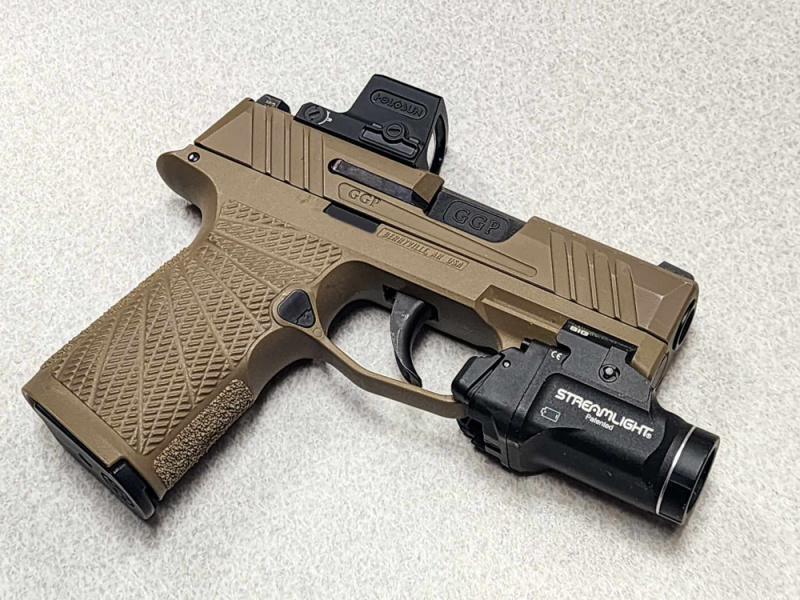
If your light will be primarily used for home defense, you don’t need tons of candela, and you likely want a beam with a wider throw to fill rooms with light. Most lights are made to be task-specific.
Light It Up
Weapon-mounted lights can be fantastic tools, and for me, they are a must-have for home defense. They don’t replace a handheld light and should only be used in specific situations, but in those defensive, low-light situations, it’s hard to find something better.
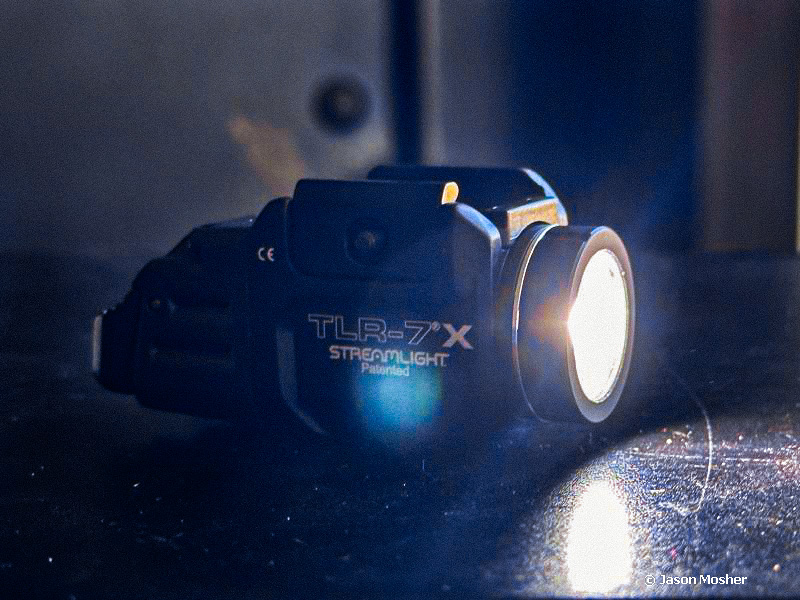
Knowing a thing or two will ensure you’re prepared when it’s time to find the right light for you. Like anything with firearms, you should seek professional firearms training in how to use a light appropriately. Train, practice, and be prepared to light it up.


